| |
|
|
Botanical Name |
: |
Moringa oleifera LAM. |
English
Name |
: |
Horseradish tree, Oil of Ben tree, Ben nut, Drumsticks. |
Synonym(s) |
: |
Moringa pterygosperma Gaertn. |
Family |
: |
Moringaceae |
| |
General Info
| Description |
 |
|
A small or medium-sized tree up to 10 m tall, with thick, soft, corky, deeply fissured bark and tomentose twigs; roots pungent. Leaves usually tripinnate, to 45 cm long; pinnae and pinnules opposite, deciduous; leaflets 1.2 to 2 cm long and 0.6 to 1 cm wide, the lateral elliptic, the terminal obovate. Flowers white, fragrant, in large panicles. Fruits (pods) pendulous, green, 22 to 50 cm or more in length, triangular, 9-ribbed; seeds trigonous, the wings angled. |
| Herb Effects |
 |
|
Carminative, stomachic, abortifacient, cardiac tonic, rubefacient, stimulant, aphrodisiac, anti-inflammatory, antispasmodic, diuretic. The seeds are used as antibacterial, anticholeric and anti-viral agents. |
Chemistry
| Active Ingredients |
 |
|
Alanine, arginine, glutamic acid, glycine, histidine, methionine, phenylalanine, tryptophan, tyrosine, valine (shoot); pterygospermin, spirochin, (roots); ascorbic acid, beta-carotene, niazinin A, niazinin B, niazimicin, and niaziminin A and B, tocopherol (leaf); beta-sitosterol, vanillin (stem); choline, niacin, oxalic acid, riboflavin, thiamin (fruit); kaempferol, quercetin (flower); moringine (root bark); oleic acid, palmitic acid, stearic acid (seed) |
| Chemistry
of Active Ingredients |
 |
|
|
 |
Name |
CAS# |
IUPAC Name |
Formula |
Structure |
 |
|
| Pterygospermin |
11054-42-5 |
Not Available |
Not Available |
|
| Moringine |
3287-99-8 |
Phenylmethanamine |
C7H9N |
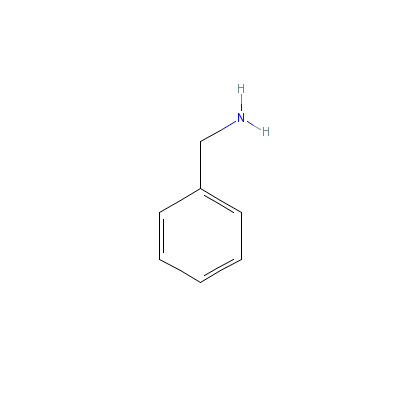
|
| Alanine |
35597-43-4 |
2-[2-[2-amino-4-(hyd
roxy-methyl-phosphor
yl)-butanoyl]aminopr
opanoylami
no]propa
noic acid |
C11H22N3O6P |

|
| Arginine |
7004-12-8 |
2-amino-5-guanidino-
pentanoic acid |
C6H14N4O2 |
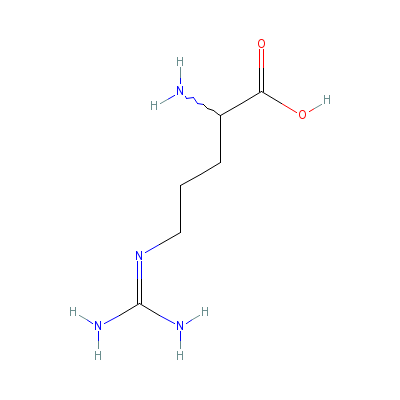
|
| Glutamic acid |
Not Available |
2-aminopentanedioic
acid |
C5H9NO4 |
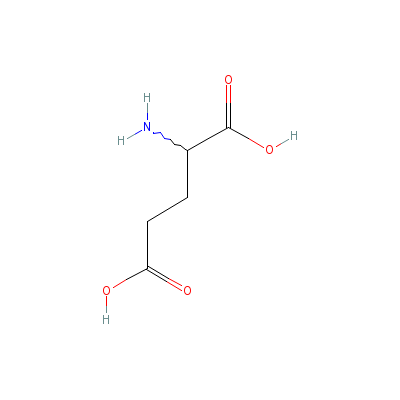
|
| Glycine |
87867-94-5 |
2-aminoacetic acid |
C2H5NO2 |
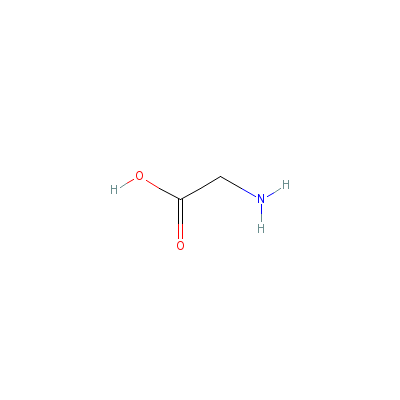
|
| Histidine |
6027-02-7 |
2-amino-3-(3H-imidaz
ol-4-yl)propanoic
acid |
C6H9N3O2 |
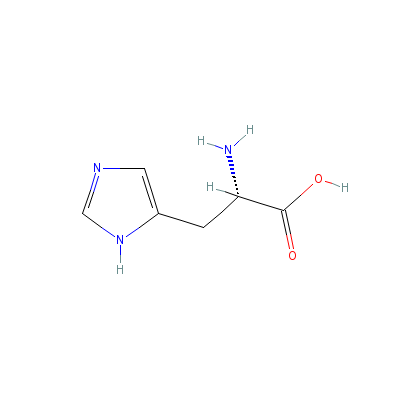
|
| Methionine |
348-67-4 |
2-amino-4-methylsulf
anyl-butanoic acid |
C5H11NO2S |
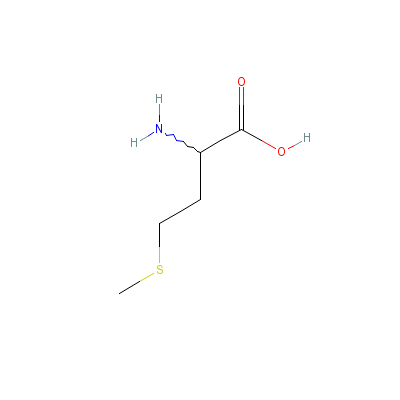
|
| Phenylalanine |
3617-44-5 |
2-amino-3-phenyl-pro
panoic acid |
C9H11NO2 |

|
| Tryptophan |
80206-30-0 |
2-amino-3-(1H-indol-
3-yl)propanoic acid |
C11H12N2O2 |

|
| Tyrosine |
556-02-5 |
2-amino-3-(4-hydroxy
phenyl)-propanoic
acid |
C9H11NO3 |
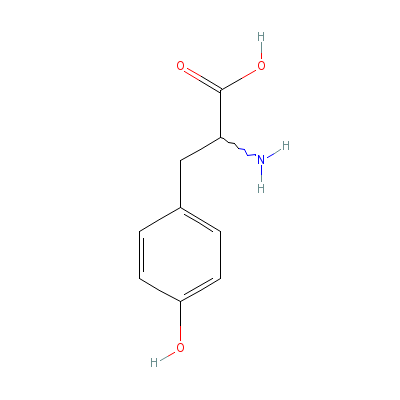
|
| Valine |
7004-03-7 |
2-amino-3-methyl-but
anoic acid |
C5H11NO2 |
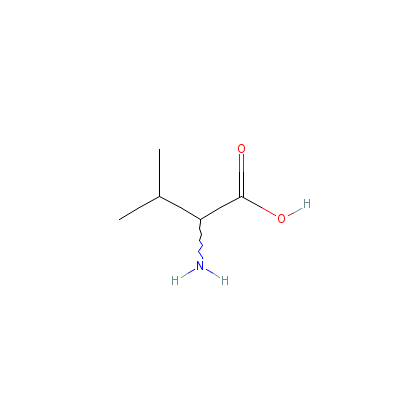
|
| Ascorbic acid |
Not Available |
2-(1,2-dihydroxyethy
l)-4,5-dihydroxy-fur
an-3-one |
C6H8O6 |

|
| beta-Carotene |
Not Available |
3,7,12,16-tetramethy
l-1,18-bis(2,6,6-tri
methyl-1-cyclohexeny
l)-octadec
a-1,3,5,
7,9,11,13,15,17-nona
ene |
C40H56 |

|
| Tocopherol |
59-02-9 |
2,5,7,8-tetramethyl-
2-(4,8,12-trimethylt
ridecyl)chroman-6-ol |
C29H50O2 |
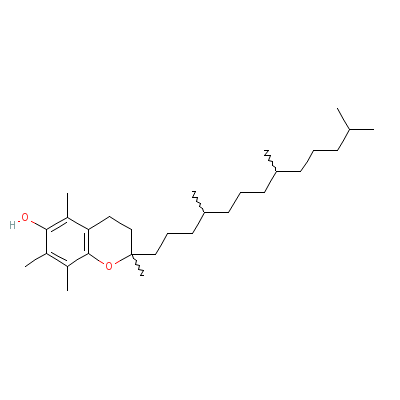
|
| Beta-sitosterol |
5779-62-4 |
17-(5-ethyl-6-methyl
-heptan-2-yl)-10,13-
dimethyl-2,3,4,7,8,9
,11,12,14,
15,16,17
-dodecahydro-1H-cycl
openta[a]phenanthren
-3-ol |
C29H50O |
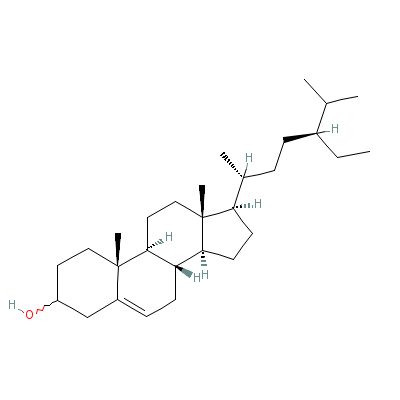
|
| Vanillin |
8014-42-4 |
4-hydroxy-3-methoxy-
benzaldehyde |
C8H8O3 |
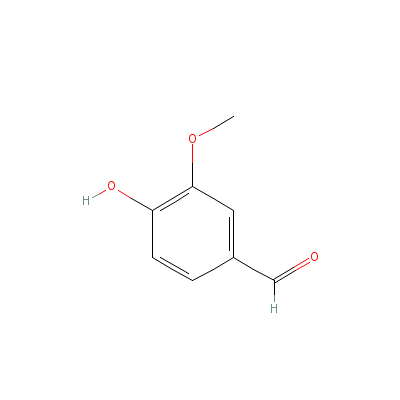
|
| Choline |
67-48-1 |
2-hydroxyethyl-trime
thyl-ammonium |
C5H14NO+ |
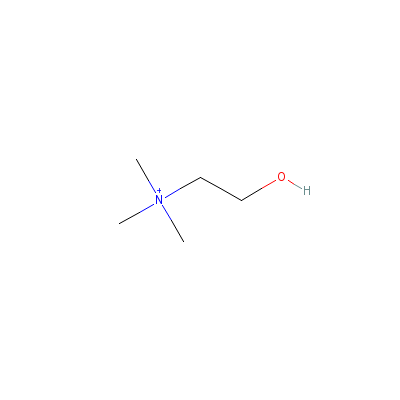
|
| Niacin |
99148-57-9 |
pyridine-3-carboxyli
c acid |
C6H5NO2 |
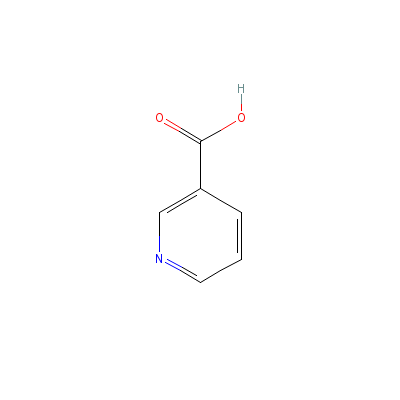
|
| Oxalic acid |
553-91-3 |
oxalic acid |
C2H2O4 |
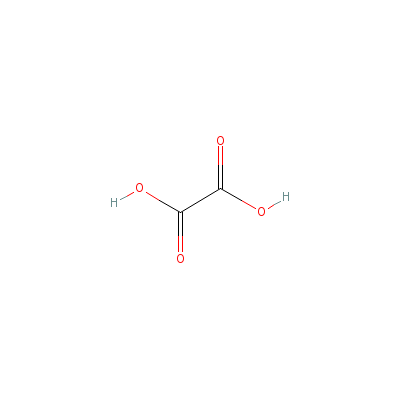
|
| Riboflavin |
Not Available |
Not Available |
C17H21N4O9P |
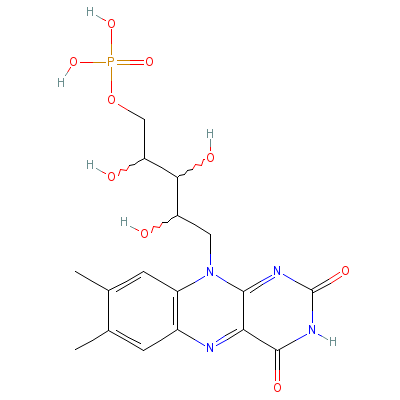
|
| Thiamin |
59-43-8 |
2-[3-[(4-amino-2-met
hyl-pyrimidin-5-yl)m
ethyl]-4-methyl-1-th
ia-3-azoni
acyclope
nta-2,4-dien-5-yl]et
hanol |
C12H17N4OS+ |

|
| Kaempferol |
80714-53-0 |
3-[3-[4,5-dihydroxy-
6-(hydroxymethyl)-3-
[3,4,5-trihydroxy-6-
(hydroxyme
thyl)oxa
n-2-yl]oxy-oxan-2-yl
]oxy-4,5-dihydroxy-6
-(hydroxymethyl)oxan
-2
-yl]oxy-4,5-dihy
droxy-2-(4-hydroxyph
enyl)-chromen-7-one |
C33H40O21 |
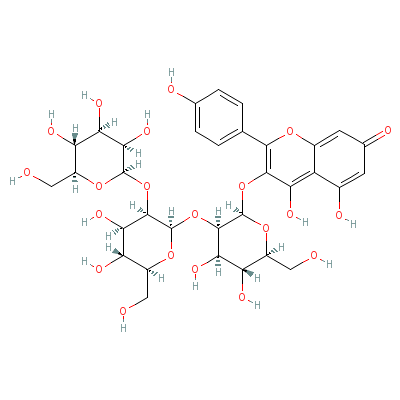
|
| Quercetin |
Not Available |
2-(3,4-dihydroxyphen
yl)-3,4,5-trihydroxy
-chromen-7-one |
C15H10O7 |
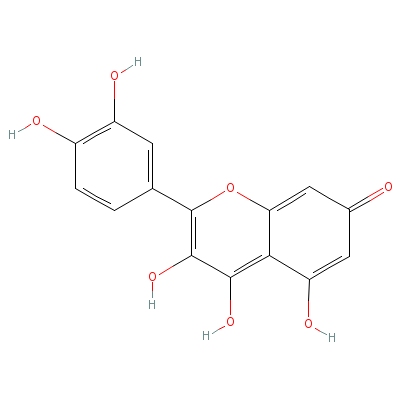
|
| Oleic acid |
8046-01-3 |
Octadec-9-enoic acid |
C18H34O2 |
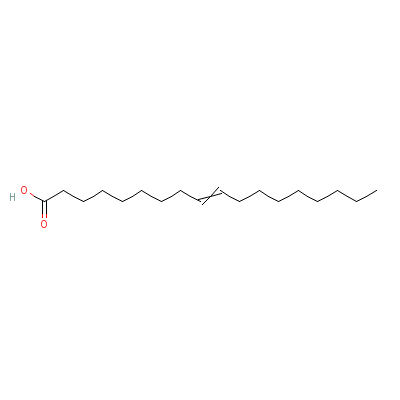
|
| Palmitic acid |
66321-94-6 |
Hexadecanoic acid |
C16H32O2 |
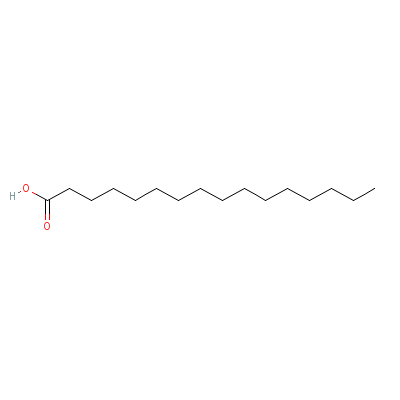
|
| Stearic acid |
82497-27-6 |
Octadecanoic acid |
C18H36O2 |

|
|
Pharmacology
| Medicinal Use |
 |
|
Used in paralytic conditions and intermittent fever; also useful as rubefacient in rheumatism, in spasmodic affections of the bowels, hysteria and flatulence as well as in epilepsy (roots); in diseases of liver and spleen, in tetanus and paralysis (fruit); in rheumatism (seed oil); in dental caries, otalgia and headache (gum). |
| Reference |
 |
|
 Sharma PV. Classical Uses of Medicinal Plants. Sharma PV. Classical Uses of Medicinal Plants.
|
Dealers
Products
|
|